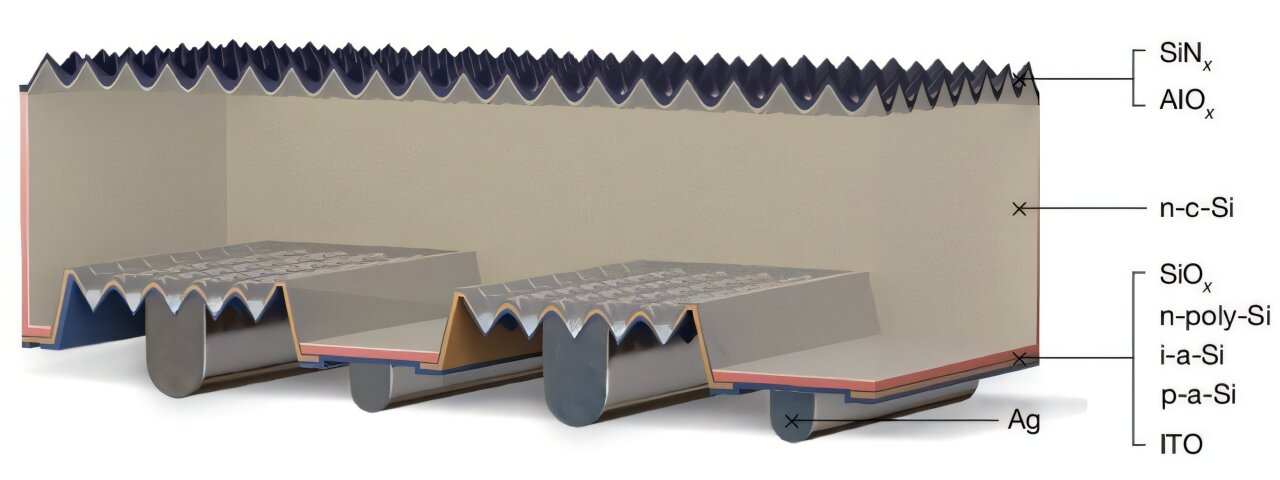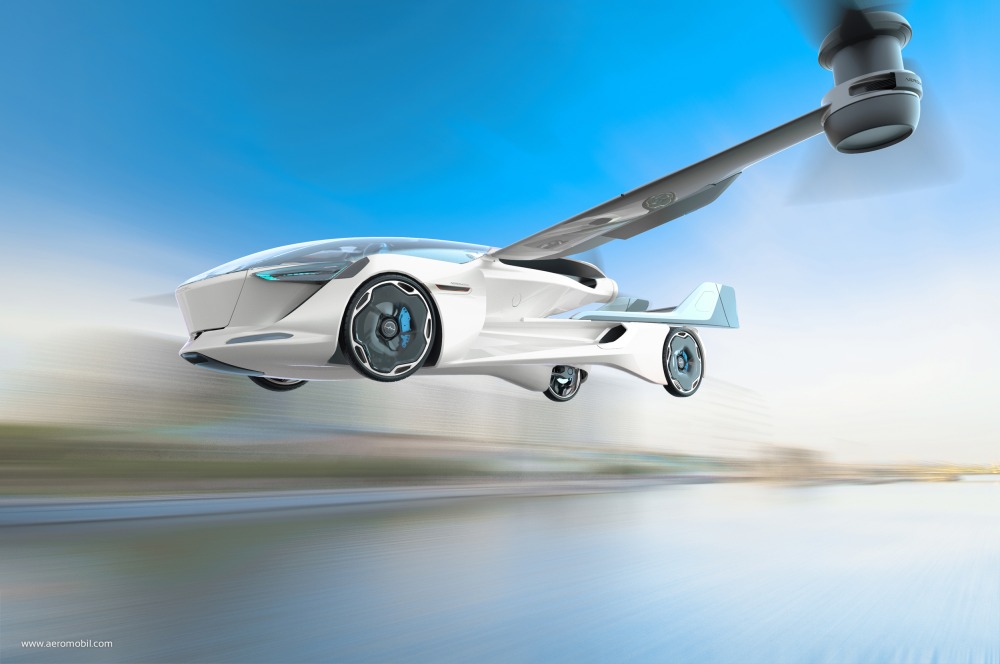In a quiet laboratory tucked away in a Chinese manufacturing facility, a breakthrough was quietly taking shape. In early 2025, Longi, a renowned solar manufacturer, revealed that it had achieved a stunning milestone in the world of renewable energy—a solar cell with an efficiency of 27.81%. This remarkable achievement wasn’t just a small increment in performance; it was a step closer to unlocking the true potential of solar technology. Verified by Germany’s prestigious Institute for Solar Energy Research Hamelin (ISFH), this new solar cell promises to bring us closer to the theoretical limits of solar energy conversion, sparking a wave of excitement and hope for the future of clean energy.
The Struggle to Capture More Sunlight
Solar power has long held the promise of being one of the most sustainable and abundant sources of energy available to humanity. But there has always been a catch: efficiency. Despite decades of research and development, most standard solar cells have only been able to achieve up to 26% efficiency, meaning they convert just a fraction of the sunlight hitting them into usable electrical energy. To put it simply, solar panels weren’t capturing enough sunlight to meet the world’s growing energy demands.
For solar technology to fulfill its potential, cells and panels need to become much more efficient. The theoretical upper limit of a single-junction silicon solar cell, known as the Shockley-Queisser limit, is around 33.7%. But for a long time, the industry seemed stuck in the 25-26% range. That is, until Longi’s new research moved the needle with a breakthrough that now brings us tantalizingly close to that theoretical ceiling.
Overcoming the Resistance Barrier
At the heart of this breakthrough was a persistent challenge known as the “fill factor” (FF). If you’ve ever dealt with a sluggish device or a frustratingly slow download, you know how annoying resistance can be. In solar cells, this resistance is a critical issue. The fill factor is a measure of how much of the power that a solar cell could theoretically generate is actually converted into usable electricity.
Think of it like a race track: the better the track, the fewer hurdles for the electricity to overcome, and the faster it can move. A high FF means the electricity can flow smoothly, reaching the desired destination without significant losses. A low FF, on the other hand, is like a track full of obstacles, with electricity bouncing around and crashing into itself, losing energy along the way.
The primary culprit of low FF is something called recombination, where electricity-carrying particles, known as charge carriers, lose their energy by colliding with each other or encountering resistance in the cell’s wiring. For years, this problem has held back solar cell efficiency, making it difficult for cells to operate at their full potential.
The Hybrid Solution
To overcome this, the Longi team introduced two principal innovations that would change the game. The first breakthrough came in the form of a reimagined design for the back contacts of the solar cell. These contacts are the electrical terminals that collect current from the cell, and in typical designs, they can be a bottleneck, creating resistance that reduces the cell’s efficiency.
The researchers used a laser to crystallize the contact material, which had the unexpected effect of creating fast, conductive pathways for electricity to flow. This clever solution reduced internal resistance and allowed the electricity to travel through the cell with far less hindrance, improving the fill factor dramatically.
The second innovation was equally important—an advanced surface treatment combined with a new technology known as iPET (in situ passivated edge technology). This method works to suppress the recombination of charge carriers, especially at the edges of the cell, where electricity is most prone to being lost. By stabilizing the edges and preventing unnecessary energy loss, this technology made the solar cell both more stable and more efficient.
These two innovations combined to create a hybrid interdigitated back-contact (HIBC) solar cell that was far more efficient than anything that had come before. The result? A solar cell with a stunning energy efficiency of 27.81%, coupled with a remarkable fill factor of 87.55%.
Testing the Limits
Longi’s new solar cell was tested and certified by ISFH, under strictly controlled lab conditions. The results confirmed that the cell’s efficiency was not just a fluke but a genuine breakthrough in solar technology. With an efficiency that pushes the boundaries of what was once thought possible, the Longi team has paved the way for a new generation of solar panels that could one day power entire cities with sunlight alone.
“This achievement represents both experimental and theoretical advances toward scalable, high-efficiency silicon photovoltaics,” said the researchers in their paper. And they’re not stopping here. The next steps for the team at Longi involve refining the electrical contacts even further to reduce resistance even more, making the cell even more efficient. They also plan to optimize the laser process so that the technique can be scaled up for mass production.
Why This Breakthrough Matters
This research doesn’t just matter for solar enthusiasts or scientists working in the field of renewable energy. It has the potential to change the way we think about power generation on a global scale. Solar energy, once dismissed as inefficient and unreliable, is steadily becoming a true contender in the race to replace fossil fuels with clean, renewable sources of energy. By improving efficiency, we can unlock the full potential of solar power, making it a viable alternative to traditional energy sources, even in areas that receive less sunlight.
In a world grappling with the urgent need for sustainable solutions to climate change, every step forward in solar technology is crucial. This breakthrough in solar cell efficiency could make solar power even more accessible, affordable, and impactful, leading to a future where renewable energy plays a central role in our daily lives.
As the Longi team looks ahead, the next few years could mark a turning point for solar technology. The innovations introduced in this research are not just a small step but a giant leap toward harnessing the power of the sun to meet our energy needs. With each new discovery, the dream of a clean, renewable energy future moves closer to reality, and the world may soon see solar energy in a whole new light.
More information: Genshun Wang et al, Silicon solar cells with hybrid back contacts, Nature (2025). DOI: 10.1038/s41586-025-09681-w






